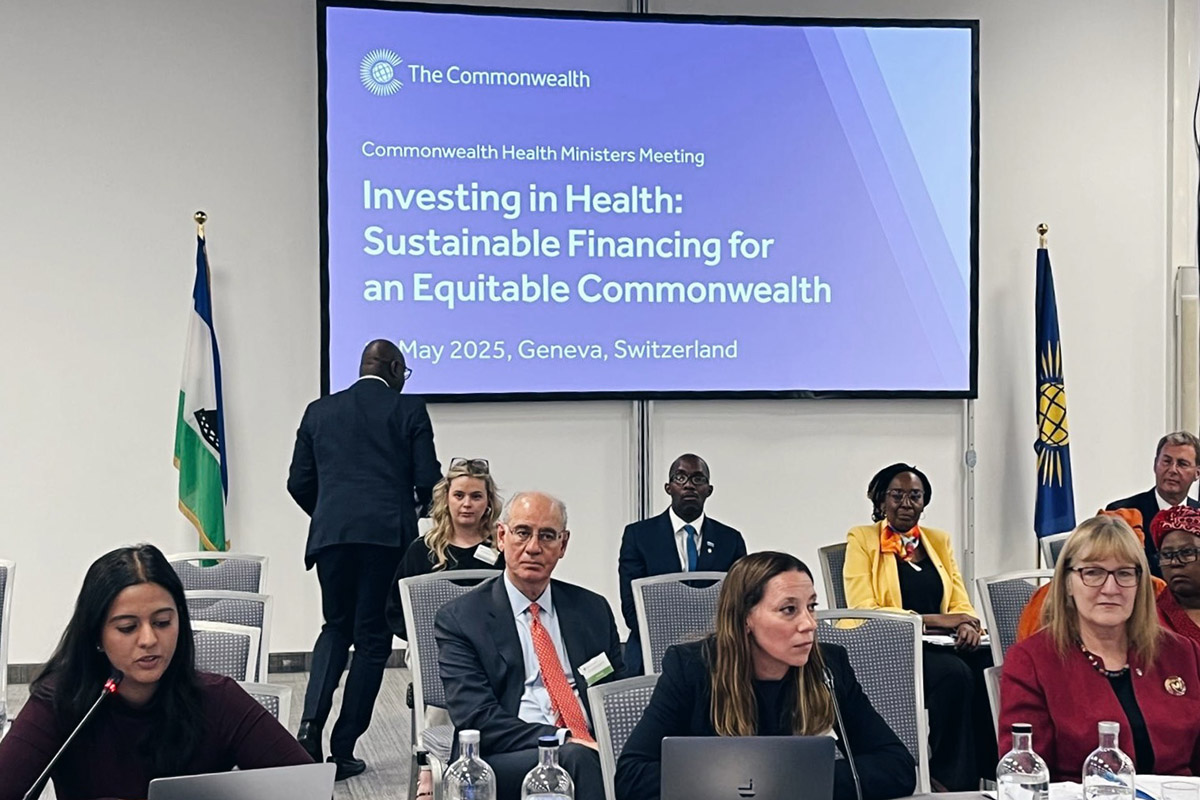“How to turn debt into investment”
November 16 Debt can be a hurdle in the journey to one’s financial freedom, writes Paul Odhiambo, 26, a Correspondent from Nairobi in Kenya, who observes that in many cases, applying knowledge can pave the way to getting out of debt.
Debt can be a hurdle in the journey to one’s financial freedom, writes Paul Odhiambo, 26, a Correspondent from Nairobi in Kenya, who observes that in many cases, applying knowledge can pave the way to getting out of debt.
Debt can be bad or good. A bad debt is money you borrowed for a particular purpose, but instead of generating cash flow it takes money from your pocket.Taking a loan from the bank to buy an expensive car or a mortgage to build a home are examples of these bad debts. Building a home or buying an expensive car is not bad, but it should be done when one has accumulated enough cash flow.
On the other hand, a good debt is a debt that generates income for someone. Borrowing money from the bank to build rental property is one possible example of good debt. In this case, renters will provide the income that will pay for your loan while you still earn profit from this. How can one convert debt into investment? The following stages answer this question.
Stage one: Be honest to yourself. State how much debt you owe, and where you acquired it.
Stage two: Avoid debt accumulation. Take an critical look at what money is getting out of your pocket and if it is for a useful purpose. Stop increasing your credit balances and avoid looking for financial institutions for other loans.
Stage three: List all the debts you have. Record all the debts you owe in an appropriate place where you can see them every time. The list should contain money borrowed for certain uses, except for business investment and rental properties.
Stage four: Employ someone to help you track your financial records: Employ professional person with profound knowledge in bookkeeping. Bookkeeping records allow you to determine your financial status every month.
Stage five: Make a decision which debt to settle first. After you have determined your debts, list them according to the highest to the lowest amount. You can start paying the highest or the lowest debt amount.
Stage six: Order of payment. Decide what amount is going to the debt you chose as your number one, and the other debts.
Stage seven: Continue with the payment following the chosen order until all debts are completed. After you have paid debt number one proceed to debt number two then to the last one.
Stage Eight: Put the payment of your last debt into investment. Invest in any business opportunity you like with the amount of money you used to pay your last debt.
As an example, someone has four debts to pay. Debt number one is the largest and debt number four is the smallest. He decides to follow the above stages to pay off the debts, and use the last payment to put toward new investment. He earns $1000 per month. Each month he decides to take $500 from his monthly salary for the debts payment.
Debt number four gets the largest payment, with a minimum amount paid to each of the other three. When he settles debt number four and proceeds to debt number three, the amount he used to pay debt number four is added to the payment for debt number three, while still paying toward debts number two and one. He will continue with the cycle until all the debts are paid. When the last one is paid, the man will be free from debts and he can now take the $500 he usually uses to clear the last debt and put it into a saving account until he will have enough money for the investment he desires.
The above eight stages can enable one to convert bad debts into investment, and allow him or her to achieve financial freedom in a short period of time.
Reach me on Twitter @OngoroPaul
Photo credit: duncan graffiti, Leake Street via photopin (license)
…………………………………………………………………………………………………………………
About me:
I am an industrial chemist and aspiring entrepreneur. I am interested in green chemistry, environmental conservation, good governance, entrepreneurship, chemistry, biochemistry and good education.
I believe if government and different organizations give an opportunity to youths, they can transform their lives and their communities. In many occasions, youths have been considered as needy and hopeless; therefore, they are not allowed to contribute to national matters. However, they are the people who know their problems.
…………………………………………………………………………………………………………………
Opinions expressed in this article are those of the author and do not necessarily represent the views of the Commonwealth Youth Programme. Articles are published in a spirit of dialogue, respect and understanding. If you disagree, why not submit a response?
To learn more about becoming a Commonwealth Correspondent please visit: http://www.yourcommonwealth.org/submit-articles/
…………………………………………………………………………………………………………………




